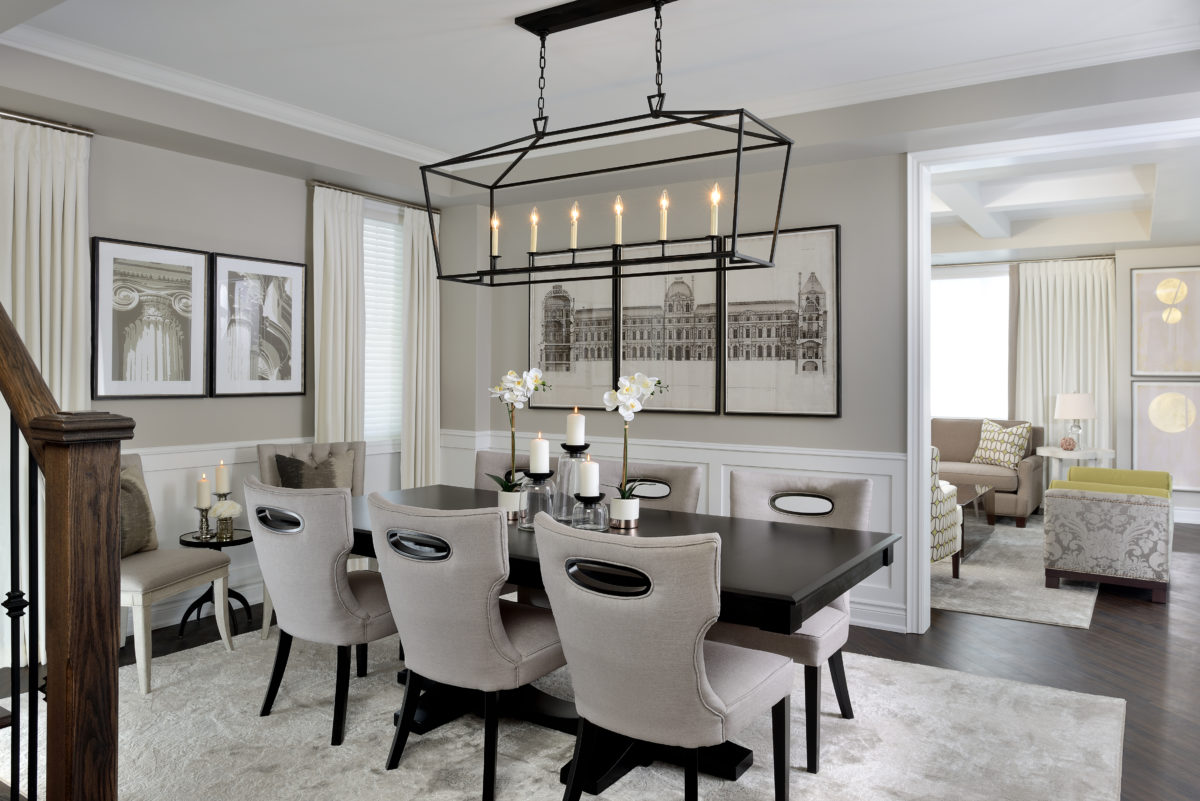The dining room is often one of the most underappreciated spaces in a home, yet it holds so much potential. Whether you're hosting family dinners, throwing a formal party, or simply enjoying a meal with close friends, the ambiance of your dining room can make a huge difference. From furniture to lighting, there's a lot to consider when designing or redecorating this space. In this guide, we’ll explore how to elevate your dining room with tips and tricks to make it stylish, functional, and welcoming. Get ready to transform your dining area into a stunning centerpiece that you’ll love showing off.
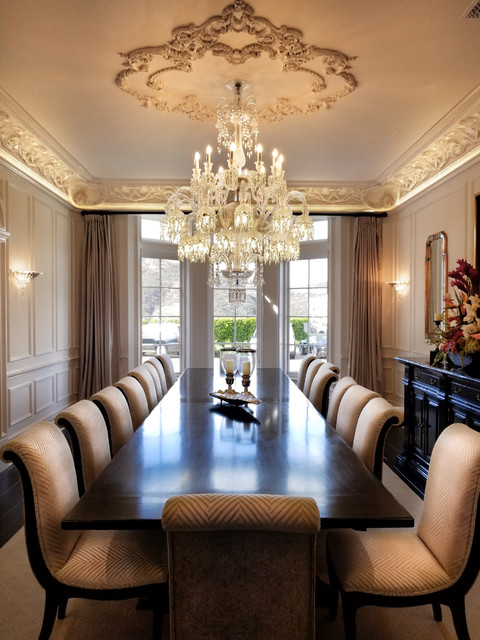
1. Dining Room Furniture: When it comes to the dining room, your furniture is the main star. A solid dining table, paired with comfortable chairs, sets the tone for the entire space. Whether you prefer a sleek modern look or a cozy rustic vibe, choosing the right furniture can create a cohesive design. Pay attention to material, durability, and size. After all, your dining table needs to accommodate both guests and your room’s layout without feeling cramped. Consider extendable tables for flexibility and mix-matching chairs for added character.
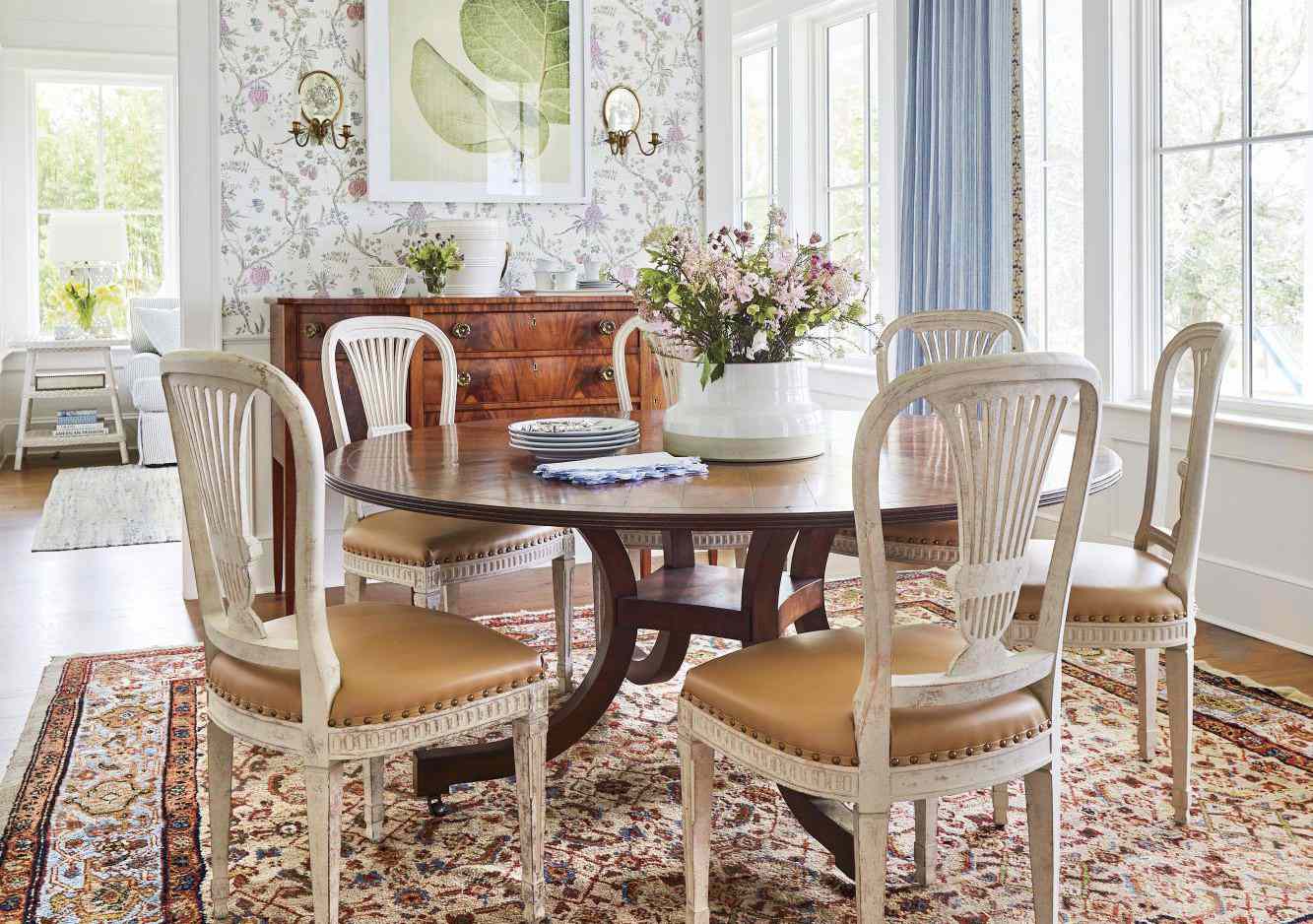
2. Dining Room Lighting: Lighting plays a crucial role in any room, and the dining room is no exception. The right chandelier, pendant light, or even sconces can drastically change the feel of your space. For a dramatic effect, opt for a statement light fixture that hangs directly above the dining table. Dimmable lights are a great choice because they let you adjust the ambiance depending on the occasion. Natural light also shouldn’t be overlooked—large windows or sheer curtains can brighten up the area during daytime meals.
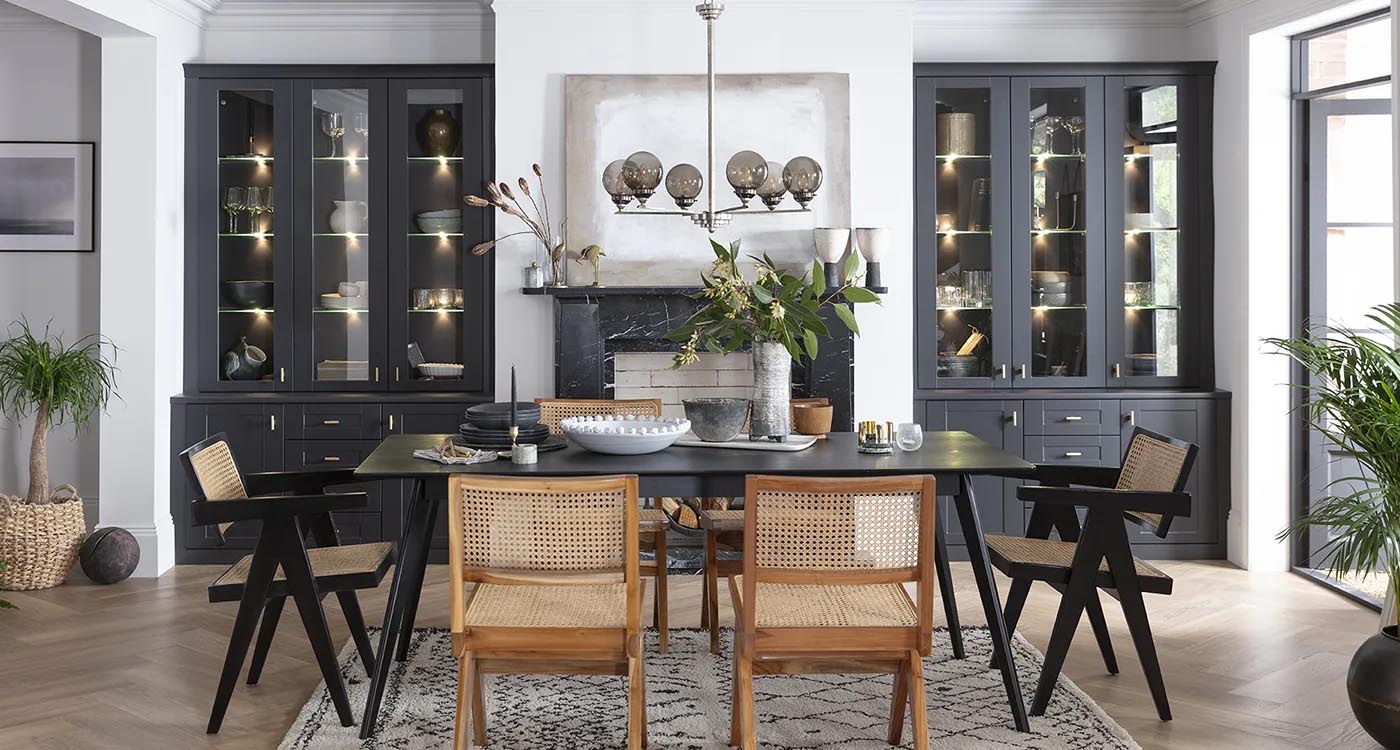
3. Dining Room Colors: The color palette of your dining room can either invite warmth or create a striking, modern feel. Dark, moody tones like navy or charcoal add elegance, while lighter shades like soft grey or beige offer an open, airy vibe. Don’t be afraid to add an accent wall or bring in pops of color with artwork, cushions, or even fresh flowers. A well-coordinated color scheme can create visual interest without overwhelming the senses.
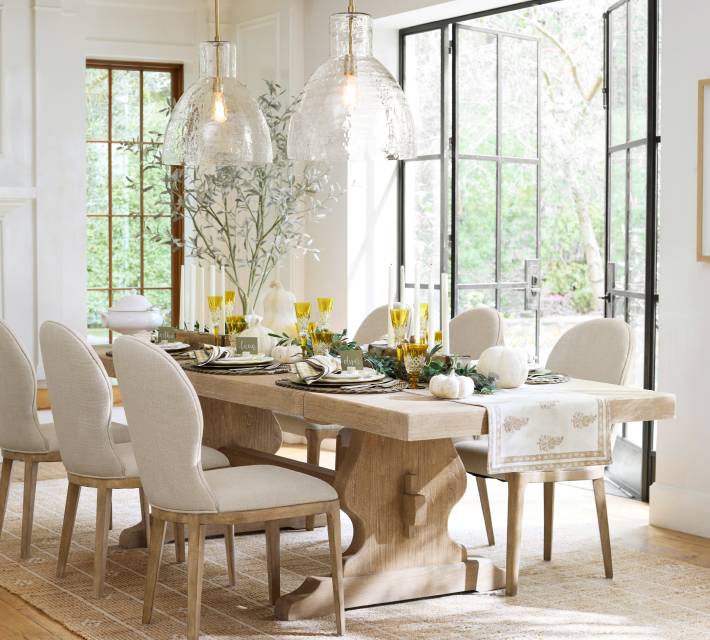
4. Dining Room Décor: Décor can either make or break your dining room's style. A beautiful centerpiece on the dining table, whether it’s a floral arrangement, candles, or a decorative bowl, can bring life to the room. Wall art and mirrors are perfect for filling blank spaces, while area rugs can add texture and define the space under your table. Keep things balanced—don’t overdo it with too many decorations, but ensure enough to make the room feel inviting and complete.
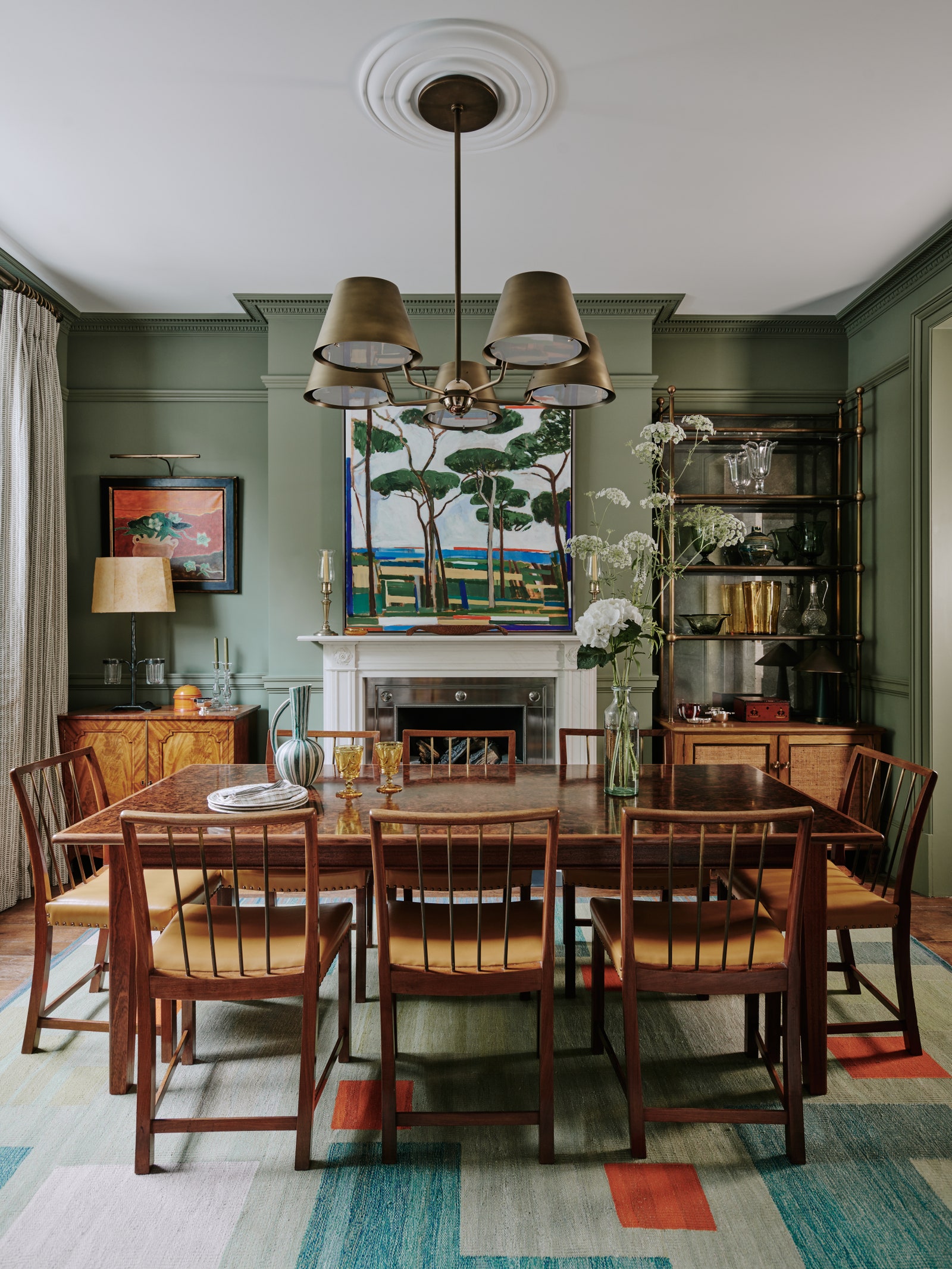
5. Dining Room Layout: Functionality is key in a dining room layout. Whether you have a spacious dining area or a smaller nook, it’s important to arrange furniture for ease of movement. There should be enough space for guests to pull out chairs comfortably without bumping into walls or other pieces of furniture. Round tables work best for smaller spaces, while rectangular ones are ideal for longer rooms. The layout should feel natural and not overcrowded.
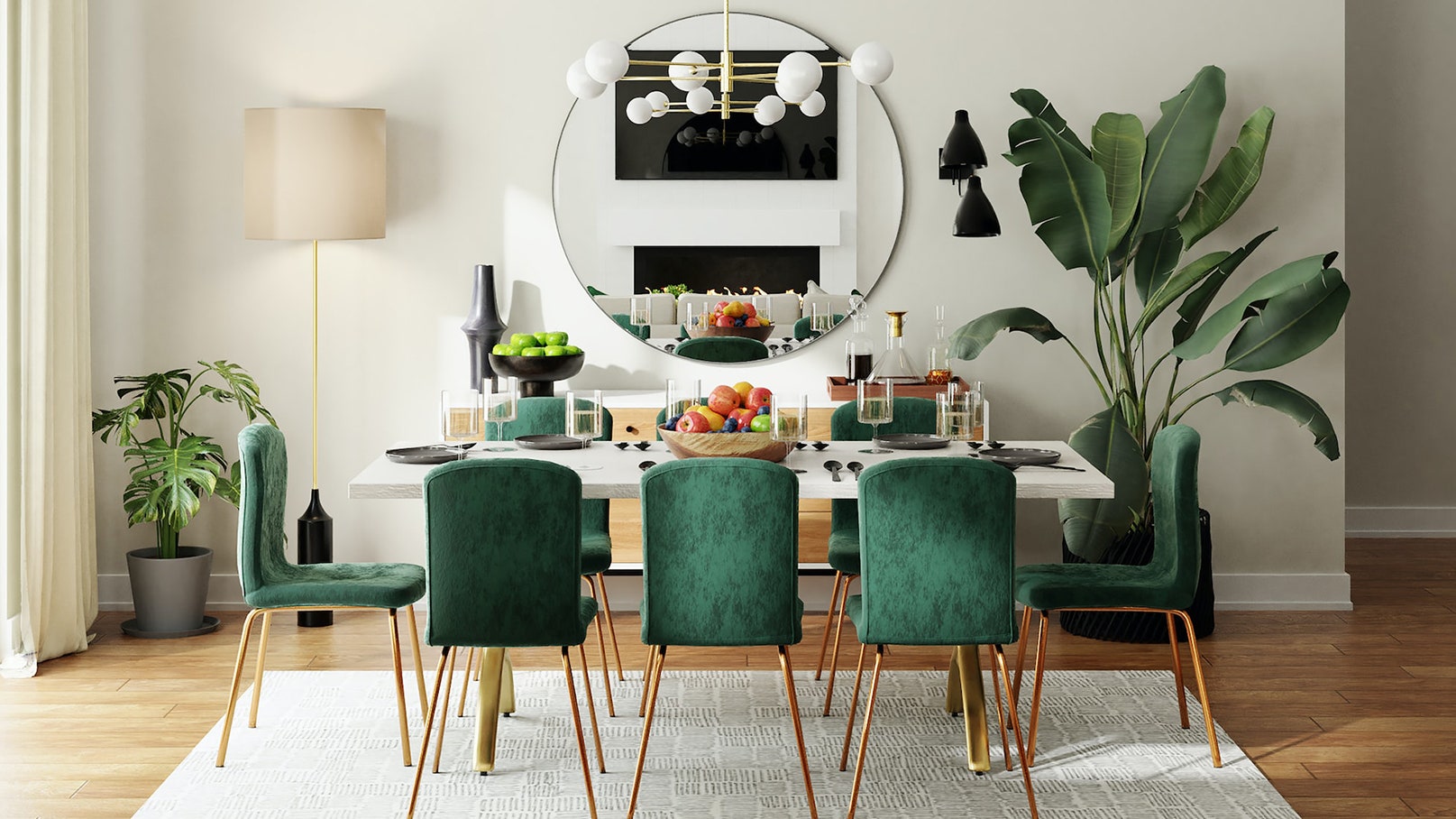
6. Dining Room Storage: Storage in the dining room is often overlooked, but it can help keep the space organized. A buffet or sideboard not only provides extra storage but also adds to the aesthetic of the room. Use it to store dishes, cutlery, or linens. You can also display decorative items like candles or framed photos on top to add personality to your dining room.
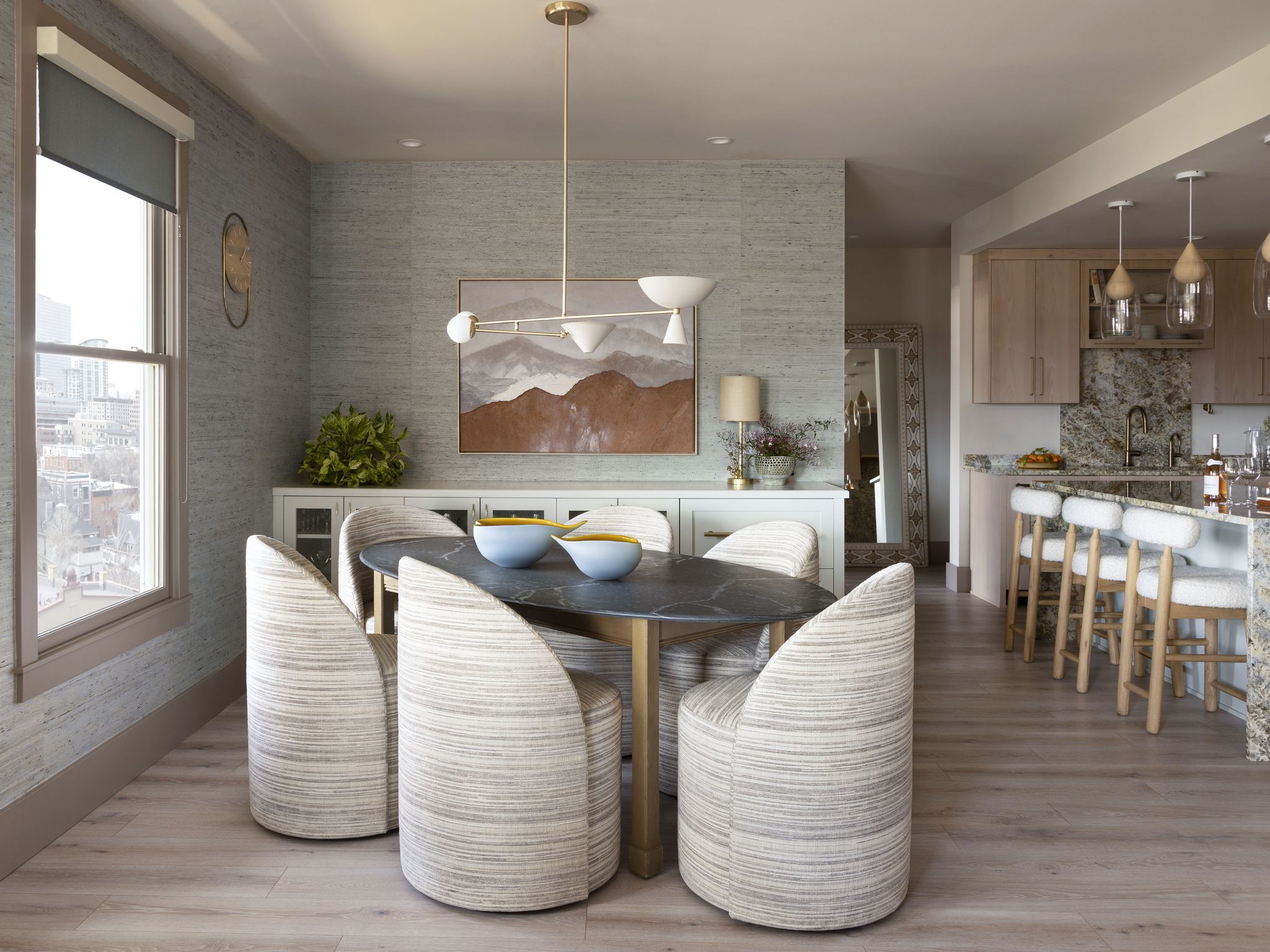
7. Dining Room Flooring: Choosing the right flooring for your dining room is just as important as other design elements. Hardwood floors bring a timeless, elegant look, while tile or laminate flooring offers durability and easy cleaning, which is perfect for families. If you prefer carpet, opt for a low-pile rug beneath the table to anchor the space and protect the flooring beneath.
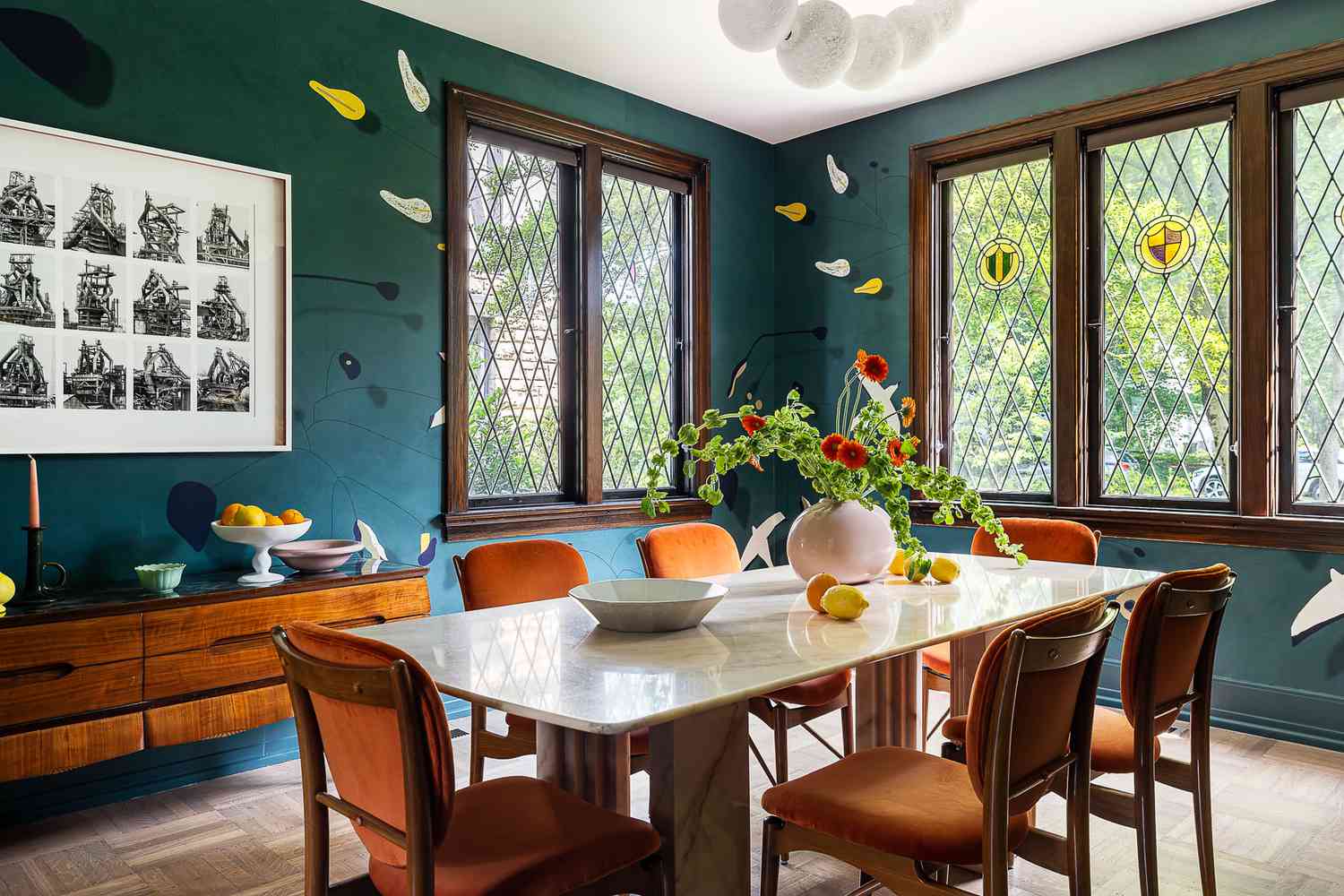
8. Dining Room Greenery: Incorporating greenery in your dining room can breathe life into the space. Plants like ferns, succulents, or even a tall floor plant can add freshness and color to the room. Not only do they act as a natural décor element, but they also contribute to a calming and welcoming atmosphere. For low-maintenance options, consider artificial plants or preserved flowers that still look great but don’t require much attention.
